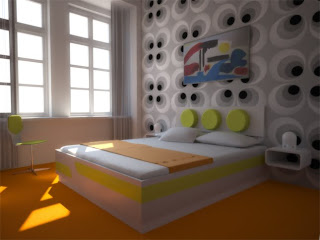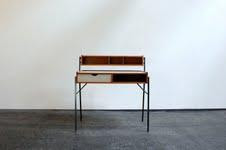Remember our last post on Poul Kjærholm ?
To be fully convinced of his importance, let's read about a show in Zurich...
Pool Kjærholm, 'Shell chair', 1953
Poul Kjærholm, PK 41
Kaare Klint "Propeller Stool", 1927
( Rud. Rasmussen, stained oak and leather)
(http://www.danish-furniture.com/designers/kaare-klint/#kaare-klint-propeller-chair)
Danks Mobelkunst gallery, the specialist gallery for the 20th century Danish furniture and applied artworks (http://www.dmk.dk), relocated its flagship showroom in Zurich, Switzerland. For the opening, the first exhibition there, from the 28th of May to the 19th of June, is a retrospective honouring Poul Kjærholm and the designer, whose lectures he followed at the Royal Danish Academy of Fine Arts when he was a student, Kaare Klint (1888-1954).
As Daven Wu points in Wallpaper, "widely acknowledged as two of Denmark's finest furniture designers, the juxtaposition of Klint and Kjærholm in a single space seems, at first look, a little disconnected especially in terms of their material of choice : Klint worked almost exclusively with wood, while Kjærholm championed steel.
But common threads emerge quickly. Klint taught at Copenhagen's Royal Academy of Fine Arts where his students included the younger Kjærholm who would, in turn, become a lecturer there one day too. More importantly, throughout their prolific careers, both cleaved closely to the form follows function school of thought, while blending often complicated traditional craft techniques with a distinctly modern visual DNA.
In the simply named 'Klint + Kjærholm' show, Dansk Møbelkunst has curated a small but perfectly proportioned visual feast of the pair's best works, including Klint's collapsible table and 'Faaborg' chair; and Kjærholm's iconic 'Shell' chair. Seen side by side for the first time, it doesn't take long to realise that the works of both designers are defined less by the alleged differences in their styles than by their clearly defined commitment to the proportionate form."

















































